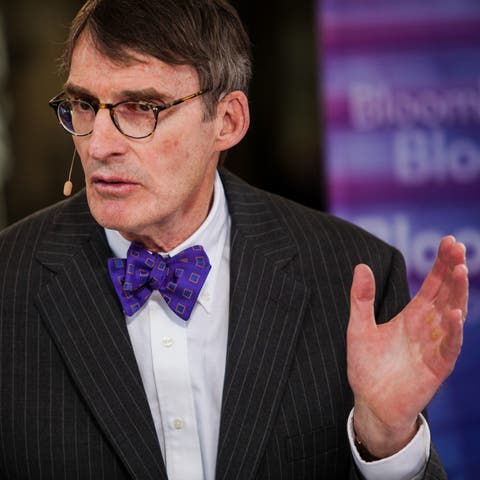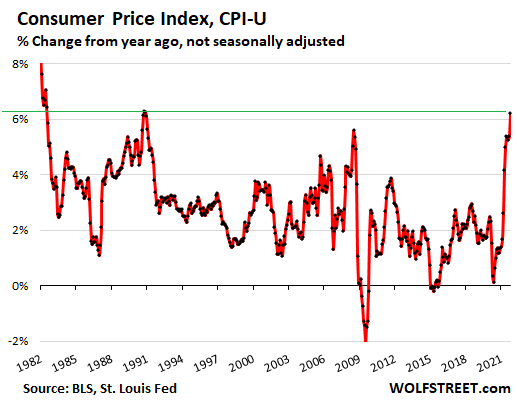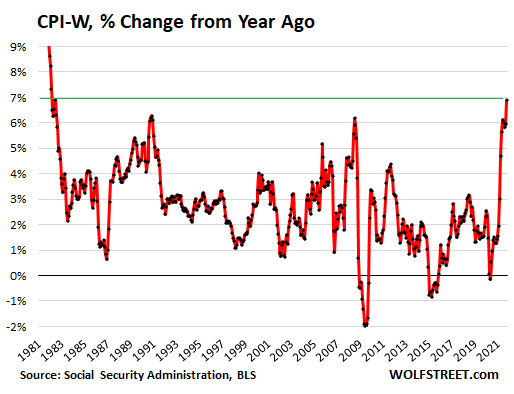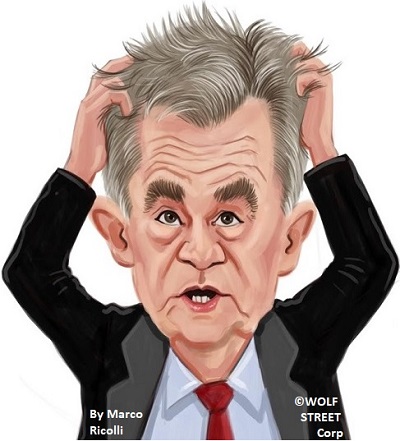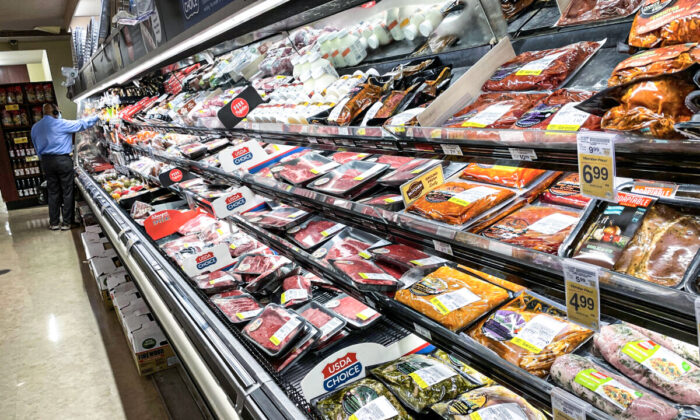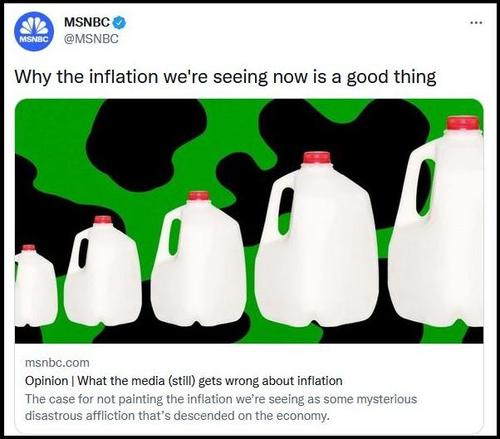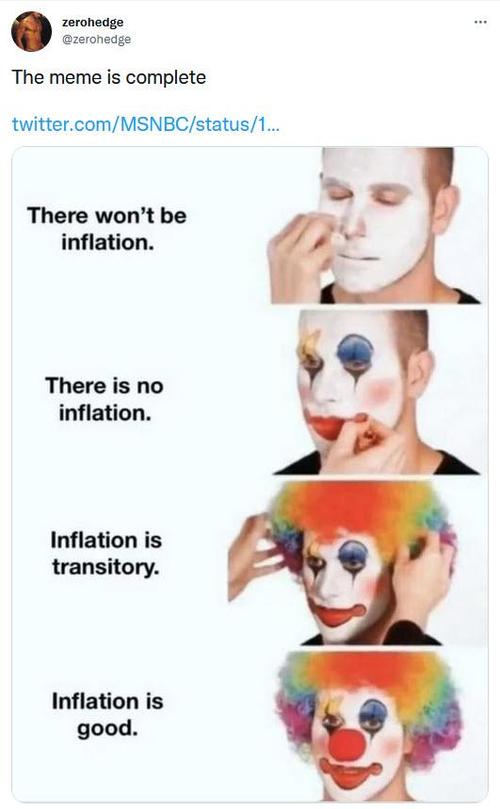Along with the other major central banks, the Fed’s reaction is likely to be to double down on interest rate suppression to keep bond yields low and stock valuations intact. The alternative will lead to a major financial, economic and currency shock sooner rather than later.
This article introduces the reader to some of the basic fallacies behind state currencies. It explains the misconceptions policy planners have over interest rates, and how central banks have become contracyclical lenders, replacing commercial banking’s credit creation for non-financial activities.
In effect, narrow money is being used by the major central banks in a vain attempt to shore up government finances and economic activity. The consequences for currency debasement are likely to be more immediate and profound than cyclical bank credit expansion.
Introduction
It is becoming clear that there has been an unofficial agreement between the US Fed, Bank of England, the ECB and probably the Bank of Japan not to raise interest rates. It is confirmed by remarkably similar statements from the former three in recent days. When, as the cliché has it, they are all singing off the same hymn sheet, those of us not party to agreements between our monetary policy planners are right to suspect they are doubling down on a market rigging exercise encompassing all financial markets.
…click on the above link to read the rest of the article…


